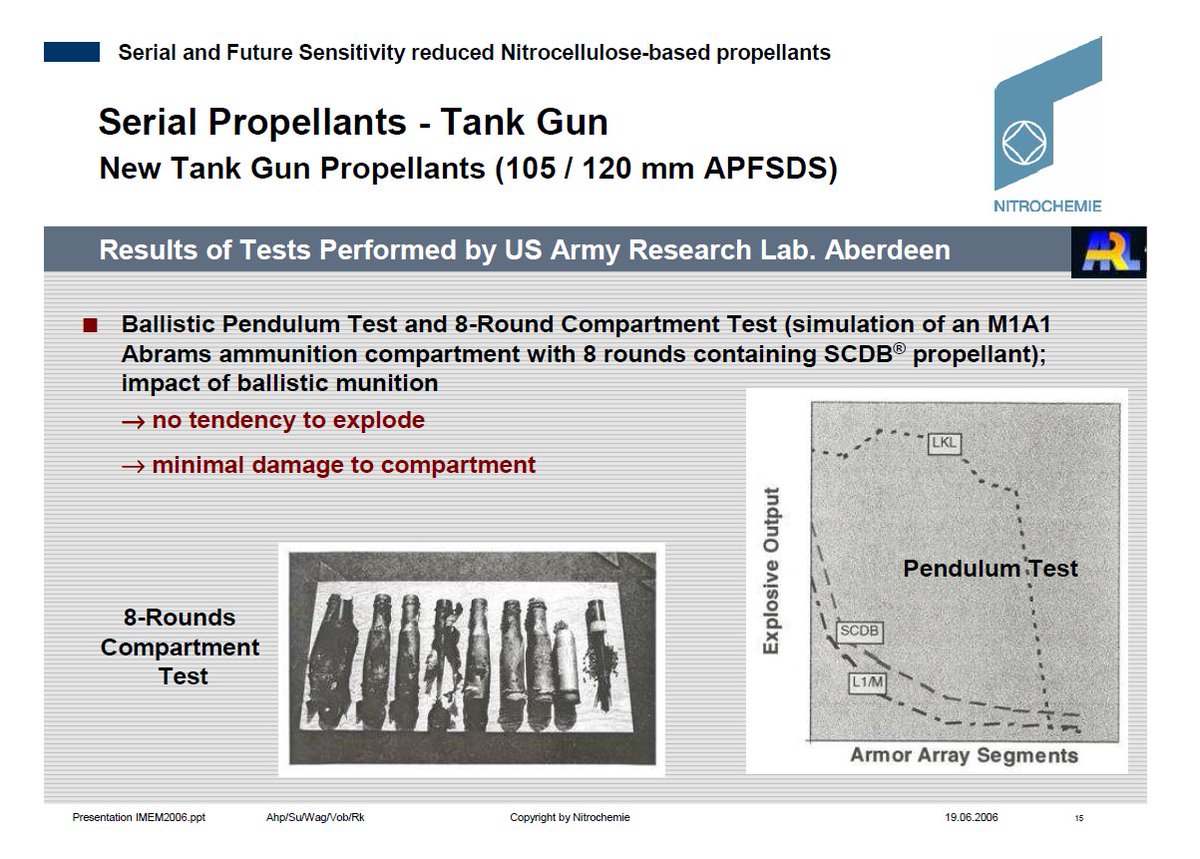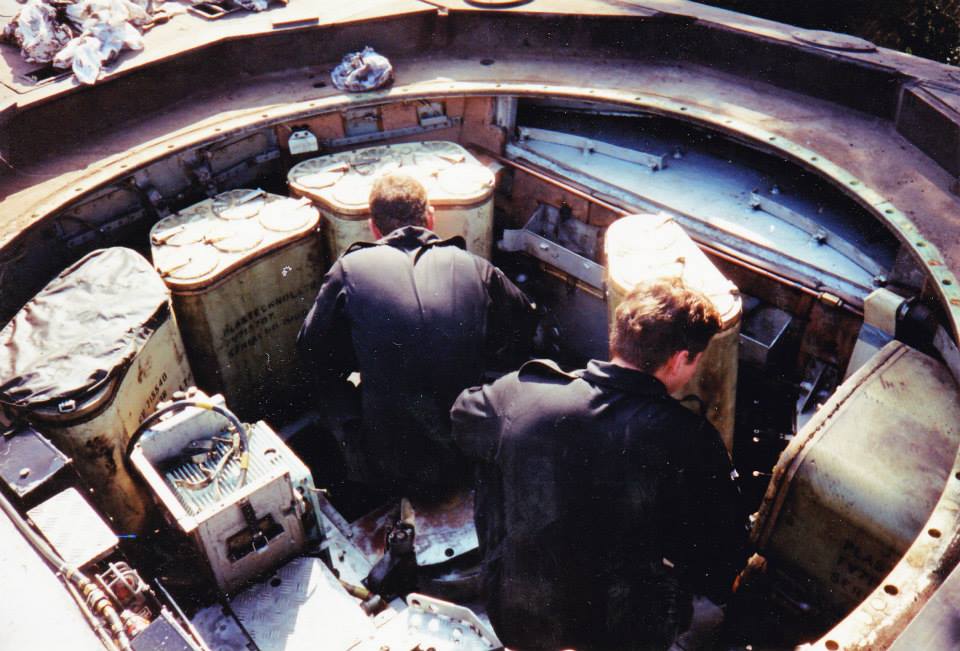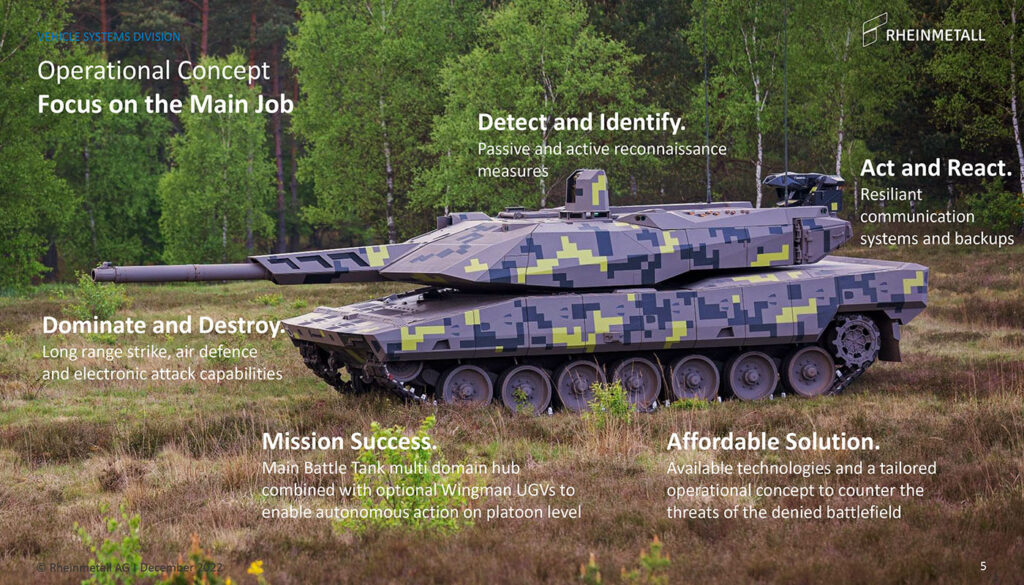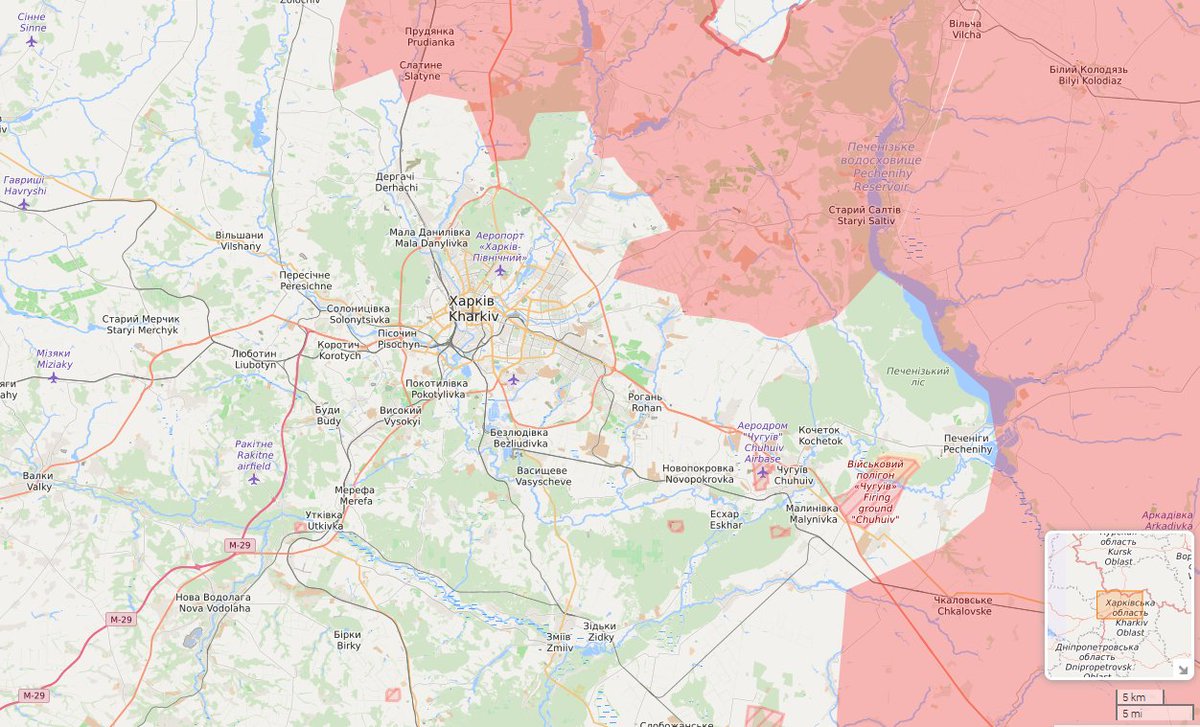
One big difference between modern tanks and Soviet ones is the addition of blowout panels and blast doors in order to improve the post penetration survivability.
The idea is simple: if the ammunition detonates, the blast is vented upwards rather than into the crew compartment.
The idea is simple: if the ammunition detonates, the blast is vented upwards rather than into the crew compartment.
Obviously this only works if the blast doors are closed and intact; if the blast doors are open or were pierced by a projectile/fragments, then the blast of an ammo detonation (or the fire and heat from a slower deflagration) will kill the crew. 



But even if the blast doors are closed, blowout panels and compartmentation are not a guarantee for the crew's survival when the main gun ammunition detonates. Why is that? 

As noted by the UK, US trials of the XM1 Abrams showed that in five out of seven tests with a 3.5 inch shaped charge warhead, the blowout panels saved to produce the desired results - only when reducing the ammo load from 44 to 25 rounds, the blowout panels worked. 

While on the series production versions such issues had been resolved by changes in the design and construction of the blowout panels and blast doors.
However the same issue was again observed during the late 1980s/early 1990s, when HE rounds were developed for the Leopard 2.
However the same issue was again observed during the late 1980s/early 1990s, when HE rounds were developed for the Leopard 2.

When too many HE rounds detonated simultaneously, the pressure rose so quickly that the blast doors bursted before the blowout panels had completely blown off.
Leopard 2 turret maker Wegmann at first proposed adding predetermined breaking point to the side walls of the turret.

Leopard 2 turret maker Wegmann at first proposed adding predetermined breaking point to the side walls of the turret.


This would increase the volume of the ammo compartment upon a detonation, giving the blowout panels time to be blown off.
As this was not sufficient, the company iterated on the design, adding smaller panels into blowout panel. This leads to a faster decrease of pressure.

As this was not sufficient, the company iterated on the design, adding smaller panels into blowout panel. This leads to a faster decrease of pressure.


Furthermore the steel structure of the ammunition compartment was separated from the actual turret, as the breaking side walls would mean that it had to be completely replaced after blowout.
For easier installation, this new modular compartment was installed on hinges.
For easier installation, this new modular compartment was installed on hinges.

Some might believe that the improved ammo rack fielded on the M1A2 SEP models of the Abrams - where the ammunition bins are attached to the blowout panel - are designed to deal with the same issue.
That is however not the case.

That is however not the case.


This improved ammunition rack was developed and patented by three German Wegmann engineers in 1990. The main purpose of the design is to allow quicker replenishment after combat by simply lifting out the complete ammo rack (via the blowout panel) and replacing it with a full one. 



I am not sure if the US Army fielded this improved ammo rack design for that reason; the slightly larger capacity (2 x 18 instead of 2 x 17 rounds) might have been more relevant. 

In case of the Leopard 2 PSO & 2A7+, where a FLW 200 remotely controlled weapon station is installed onto the blowout panels, a special blowout panel design - also dividing the panel into smaller sections - is used.
Otherwise the heavy RWS would impact its functionality.

Otherwise the heavy RWS would impact its functionality.


A further issue with blowout panels and blast doors arises when using autoloaders. Most bustle-mounted autoloaders have the ammunition pointing towards the crew compartment. If the primer of a HEAT round is hit in such a case, the shaped charge jet will pierce the blast doors. 

This is why West-Germany was focused on a number of alternative autoloader designs during the 1980s, where the ammunition was not pointing towards the crew compartment. Maximum security - but at the cost of added complexity. 

The attentive reader might have noticed that - except for Qatar's Leopard 2A7+ - no Leopard 2 and M1 Abrams tank has solved the earlier issue (too many HE rounds stored inside turret bustle rendering the blowout panels useless).
So are blowout panels not working as intended?
So are blowout panels not working as intended?
In combination with new insensitive munitions (IM) explosives and propellants, and with rules regarding how many rounds of which specific type can be stored in which specific place, it can be ensured that the blowout panels and blast doors work as designed. 

Modern explosives & propellants do not detonate - and in some cases do not even burn - when hit by a shaped charge jet, a projectile fragment or being located next to a burning round.
Loading up a tank solely with HE/HEAT shells or GLATGMs still would impact survivability.



Loading up a tank solely with HE/HEAT shells or GLATGMs still would impact survivability.




Back to the British: due to the failure of early XM1 blowout panels tests and other reasons (ergonomics), they preferred two piece ammunition and wet stowage.
During the Anglo-German FMBT tank program, they concluded a 5-10% higher survivability for their solution.
During the Anglo-German FMBT tank program, they concluded a 5-10% higher survivability for their solution.

By modern standards, this solution is highly questionable. HESH rounds directly strapped to the hull floor and wet stowage racks for propellant charges around the turret ring are not ideal. 



This is in some ways rather comparable to the T-72 tank, which also features wet ammo racks for the propellant charges in the hull - while the autoloader, like the HESH shells, is located near the floor fo the vehicle... 







... some of the spare ammunition is however carried in some of the worst possible places; they even strapped ammunition to the turret side walls (first photo shows the T-80UE-1 pictured, but some versions of the T-72 are rather similar). 



What about other tanks? The Abrams famously features a separated ammunition compartment in the hull (right side, behind the turret ring) which is fitted with blast doors and blowout panels. That is an unique design with its own drawbacks and advantages. 

The Japanese Type 90 tank features a frontal hull rack with wet ammo storage. A similar design was proposed for the Leopard 2 in the 1970s (with a purpose-made flame extinguishing material), but was removed to increase ammo capacity. 







Instead the Leopard 2 uses a conventional rack, which sort of has become the standard (K1, K2, etc.). This is located directly behind the frontal armor for maximum safety.
As it is vulnerable to top-attack munitions Krauss-Maffei once patented improvements against such weapons.

As it is vulnerable to top-attack munitions Krauss-Maffei once patented improvements against such weapons.


On the Leopard 2A6M and Leopard 2A7 variants, the ammunition rack was shockproofed. As far as I am aware, this is at the moment a rather unique feature among MBTs. 

In the end it is important to remember: the survivability onion does not only focus on post-penetration survivability.
Every design choice affects another; hull ammo rack placement/type, turret ammo rack size,... There is not one solution, there are only different compromises.
Every design choice affects another; hull ammo rack placement/type, turret ammo rack size,... There is not one solution, there are only different compromises.

• • •
Missing some Tweet in this thread? You can try to
force a refresh










